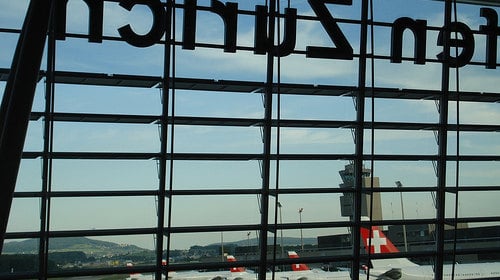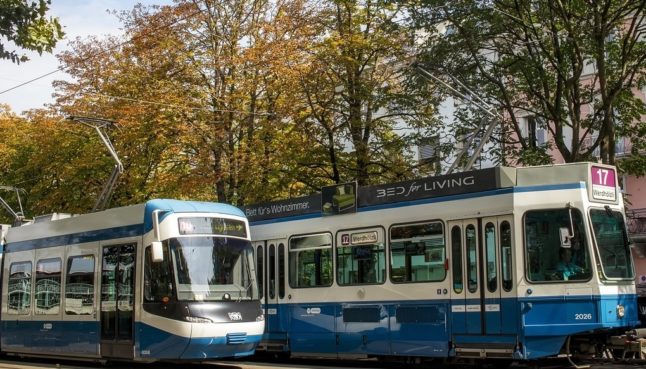After a week of summer heat, winter came roaring back with a vengeance Saturday, with the mercury plunging by around 20 degrees Celsius across the country since Thursday.
"It's a quite dramatic drop," Nicolas Borgognon of MeteoNews told AFP, adding that large temperature swings were however not altogether exceptional in spring.
Nearly a metre of snow blanketed some parts of the Alps and while the bad weather also reached the Swiss plains and the country's largest city Zurich.
The snow caused many flight delays from Zurich airport Saturday morning, airport spokesman Samuel Heinz told AFP. Flights were in the main running on time by early afternoon.
A number of roads were blocked in the southeastern canton of Grison while snow clogged two highways in Ticino in the south, which were blocked off to lorries, Swiss news agency ATS reported.
A number of mountain railway lines were also closed due to a heightened risk of avalanches, while heavy rains led to several mudslides.
Three cantons were reportedly hit by brief power outages.
Geneva, where many people had earlier this week eagerly donned shorts and sandals, was meanwhile being whipped by icy winds of up to 70 kilometres per hour, Borgognon said, adding that the nearby Jura mountains were facing winds of over 100 kilometres per hour.



 Please whitelist us to continue reading.
Please whitelist us to continue reading.
Member comments